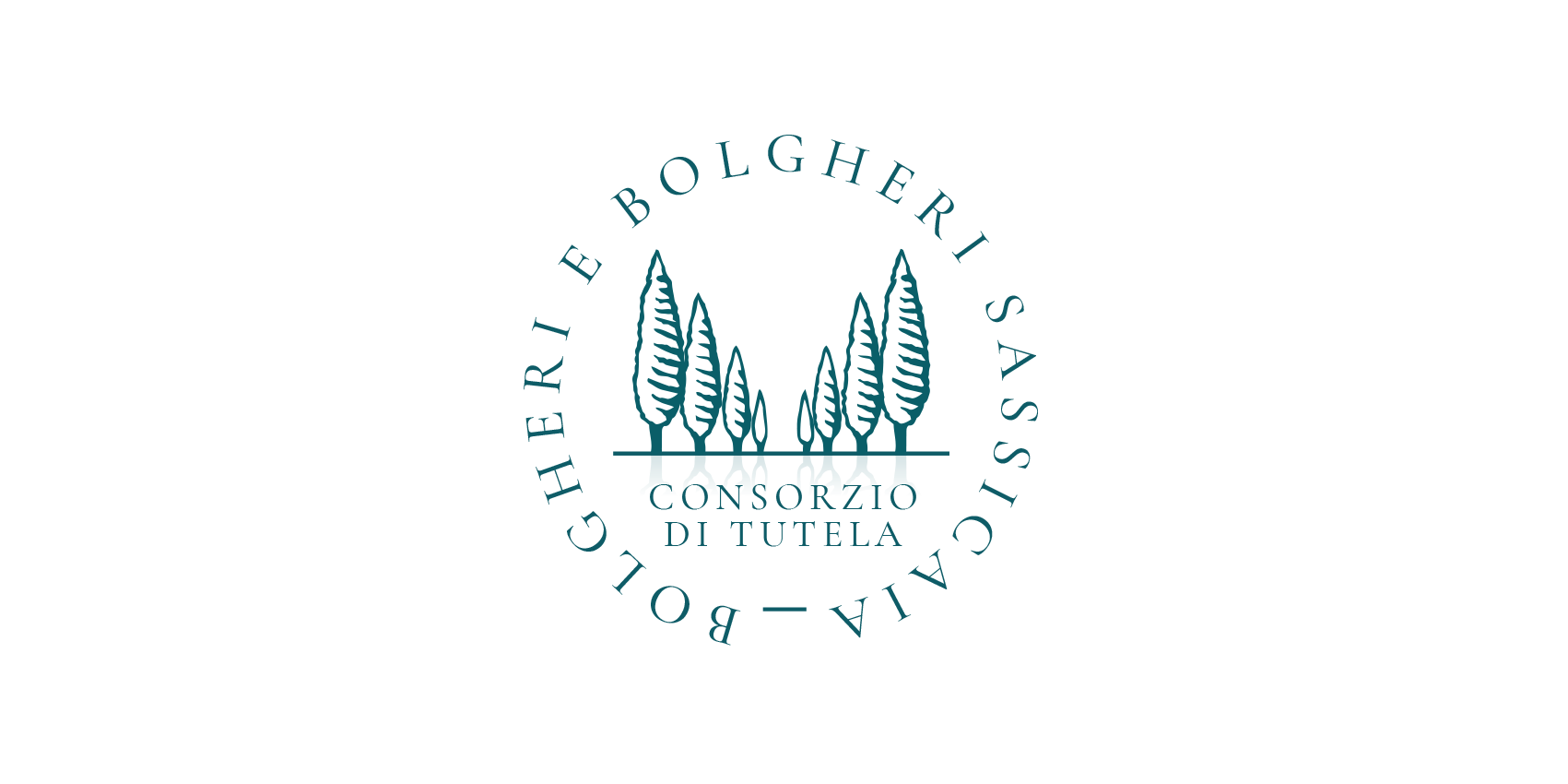Bolgheri DOC Appellation
Protected Designation of Origin (PDO)


The cultivation of vines in the territory of Castagneto Carducci has very ancient origins, and evidence of its presence comes from the Etruscans and then from the Romans with Pliny and Rutilio Namaziano. More recent evidence dates back to the medieval period due to the presence of numerous monasteries and ecclesiastical domains.
At the end of 1600 the Gherardesca family began viticulture in the areas of San Guido and Belvedere. In the eighteenth century the production of the Segalari area was important, with documented oenological vocation in Grattamacco, Lamentano, Sant’Agata, Il Castellaccio, Casavecchia and Felciaino.
Starting from 1790 new plants were set up, especially near Bolgheri, thus increasing the wine production of the area’s wines; moreover, in the following years the quality of viticulture was improved, with the planting of vineyards in highly suitable areas, including that of Montepergoli and the Rotone valley. The Count Guido Alberto della Gherardesca , in the first half of 1800, brought out a new wine culture with the intake of wine-making experts including Giuseppe Mazzanti in Bolgheri.
In 1816 the first experimental vineyards arose at the Capanne di Castiglioncello, where later the first Sassicaia vineyard was born, and in the Castelluccio grounds. The viticultural choices were made not only on the basis of the 7 terroir, but above all on the basis of the French wine culture with particular attention to the methods of winemaking and to the vines used in France: to confirm this the choices made by Count Guido Alberto and Mazzanti were precisely addressed on French vines including Gamay, Cabernet and Syrah.The destruction of the vineyards due to the phylloxera attack in the early 1900s forced us to rethink the overall structure of the vineyard and the type of grape most suitable for the territory.
After an interlocutory period, between the two wars, the intuitions of the Marquis Mario Incisa della Rocchetta and his preferences for French vines, proved to be completely founded and demonstrated that the wines produced in this territory starting from those French grapes, Bordeaux in in particular, they are able to compete with the most famous wines in the world. For these plants, born as early as 1944, a high hill location with east exposure was initially chosen, as it was believed that the influence of the sea was negative for the quality of the wines.
This preconception soon fell, it became clear that the best soils were those of the foothills and the plains and that the marine climate only had beneficial effects on the ripening of the grapes. The official consecration of Sassicaia wine takes place in 1978 when the magazine Decanter publishes a comparative tasting of cabernet from the world and Sassicaia takes first place.
Subsequently, the 1985 vintage of Sassicaia competes, in a tasting of the Grand Jury Européen, with the Grands Crus of Bordeaux and obtains the highest recognition. But Sassicaia wine does not remain an isolated phenomenon and, starting from the 1980s, it is joined by numerous other wines from famous companies that obtain an enormous harvest of awards.
The Bolgheri DOC wine obtained the recognition of the Controlled Designation of Origin on 1 August 1983.
Territory
The geographical area dedicated to the production of Bolgheri DOC wine extends over the hills located west of Tuscany, in an area that is adequately ventilated, bright and favorable to the fulfillment of all the vegetative-productive functions of the vineyards.
The Bolgheri DOC Wine Production Area is located in:
– province of Livorno and includes the territory of the municipality of Castagneto Carducci.
Vinification and Aging
During the vinification phases, only loyal and constant oenological practices of the area are allowed, suitable to give the wines their peculiar quality characteristics.
The oenological practices of vinification of the Bolgheri DOC wine include, among other things, that:
– The maximum yield of grapes in DOC Bolgheri red, superior red and rosé wines must not exceed 70% and 65% in the types of white wine, Vermentino and Sauvignon; if these parameters are exceeded within the limit of 5%, the excess will not be entitled to the DOC. Beyond these limits, the right to DOC for the whole product lapses.
– The Bolgheri Superiore DOC wine must be aged for at least 24 months, of which at least 12 in oak barrels.
– In the designation of the Bolgheri DOC wines, the term ” Vigna ” may be mentioned as long as it is followed by the relative toponym and certain winemaking practices are respected.
– On the labels of each type of DOC Bolgheri wine it is mandatory to report the year of production of the grapes.


